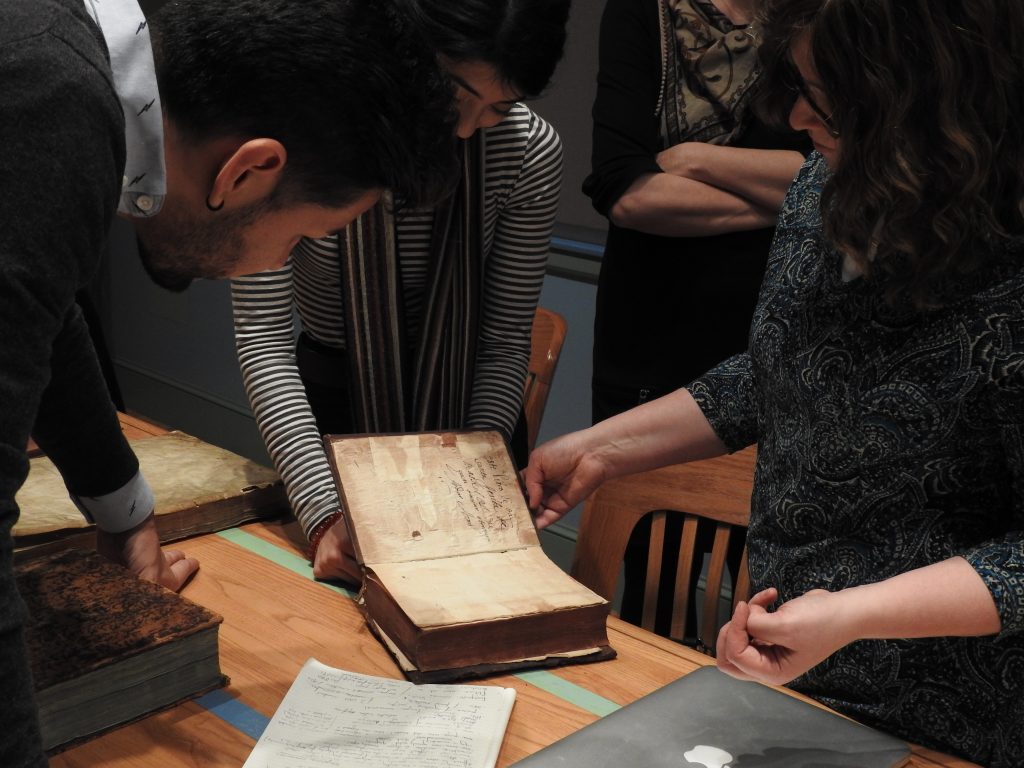
Columbia University Libraries exists to support teaching and learning, in the classroom and beyond. This usually occurs in the form of research consultations, classroom presentations on doing research, online research guides, and various other reference interactions.
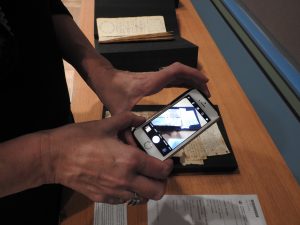
This semester, however, a wonderful partnership between a professor and a librarian gave graduate students a rare opportunity to study the history of the Jewish book in the place where the books are held: Columbia’s Rare Book and Manuscript library. Professor Elisheva Carlebach, Salo Wittmayer Baron Professor of Jewish History, Culture, and Society and director of the Institute for Israel and Jewish Studies, taught a graduate seminar titled “Jewish Book Cultures in Early Modern Europe, and each week, Michelle Chesner, the Norman E. Alexander Librarian for Jewish Studies, brought a selection of materials relating to the readings and topic discussed at that class session.
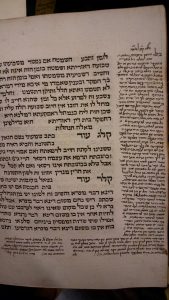
The class began with the earliest forms of writing, including, ostraca, papyri, scrolls, a cuneiform tablet and a marble Greek epigraph for a Jewish boy from the 3rd century. The class then moved on to incunabula, the first printed books. Thanks to Columbia’s extensive collection on printing history and book arts, the class was able to see first-hand the various techniques and tools for making type and illustrations for the books. A copy of an early printing press housed in the University Archives Reading Room was perfect for explaining how books were made in the 15th century.
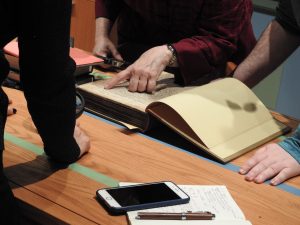
Students learned about the swift spread of the printing arts among Jews, and about how print impacted Jews and Judaism – both internally and externally. A session on censorship and Christian Hebraism illustrated the positive and negative impacts of renewed Christian interests in Jewish texts during the early years of print. Visiting scholars included Dr. Isabelle Levy, an adjunct instructor at Columbia, Columbia alumnus Professor Joseph Skloot (Hebrew Union College), and Professor Joshua Teplitsky (Stony Brook University).
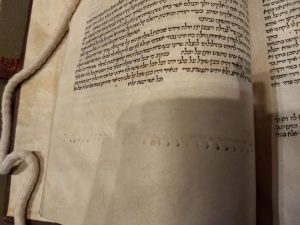
Additional sessions dealt with Jewish books in languages other than Hebrew (including Yiddish, Ladino, and Judeo-Arabic), illustrations in Jewish books, and paratexts.
One particularly memorable session was dedicated to the Footprints project, which traces the movement of the Jewish book through time and place, often based on evidence found within the books themselves. Students formed pairs and compared two copies of the same edition to see how clearly different routes through time and place can impact the book and its use.
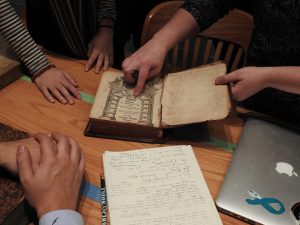
For their final paper, each student was required to choose a book and research it in depth – from cultural, material and textual perspectives. At the end of the semester, the students joined together with three other classes that had been working on various aspects of the book (Manuscripts in the Muslim World, Medieval Manuscripts as Material Texts, and Classics and Print) to present the results of their research.
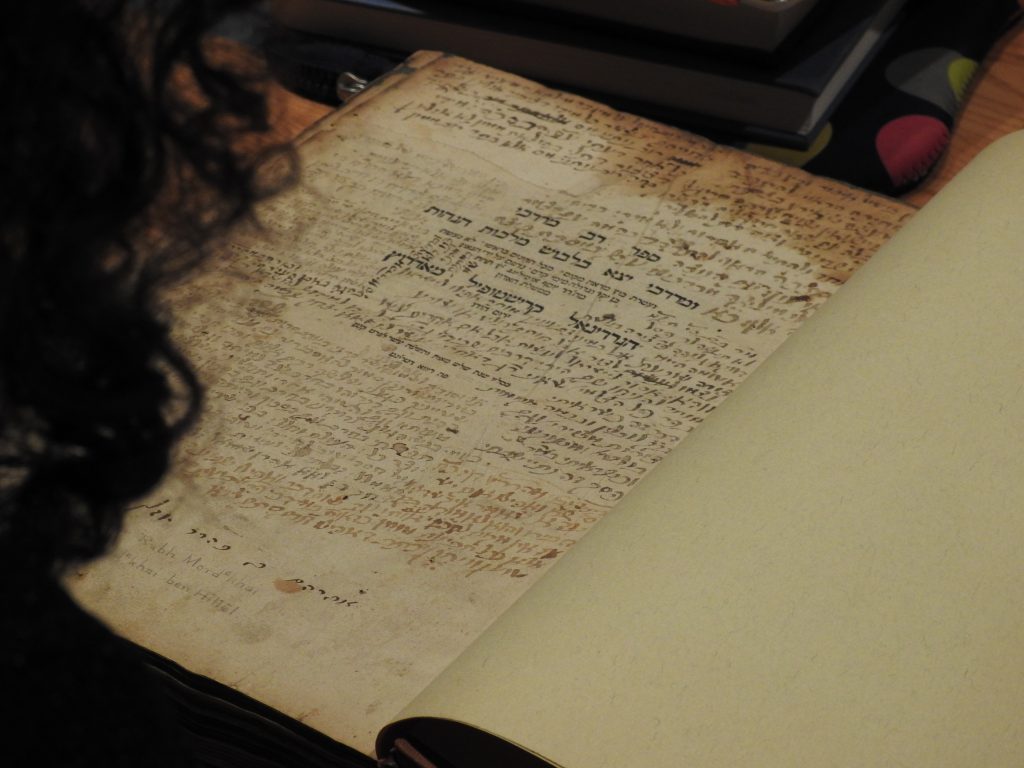
It is rare to have an opportunity to take a history class where all of the primary sources are laid out in front of the students for hands-on examination. It was a truly wonderful experience, one which we hope we will be able to replicate in the future.
I wish I was at least a fly on the wall during these lectures.
Have they been recorded?
The combination of Hebrew book publishing and Jewish history is intriguing.
Thanks! We do not record classes as a general rule.